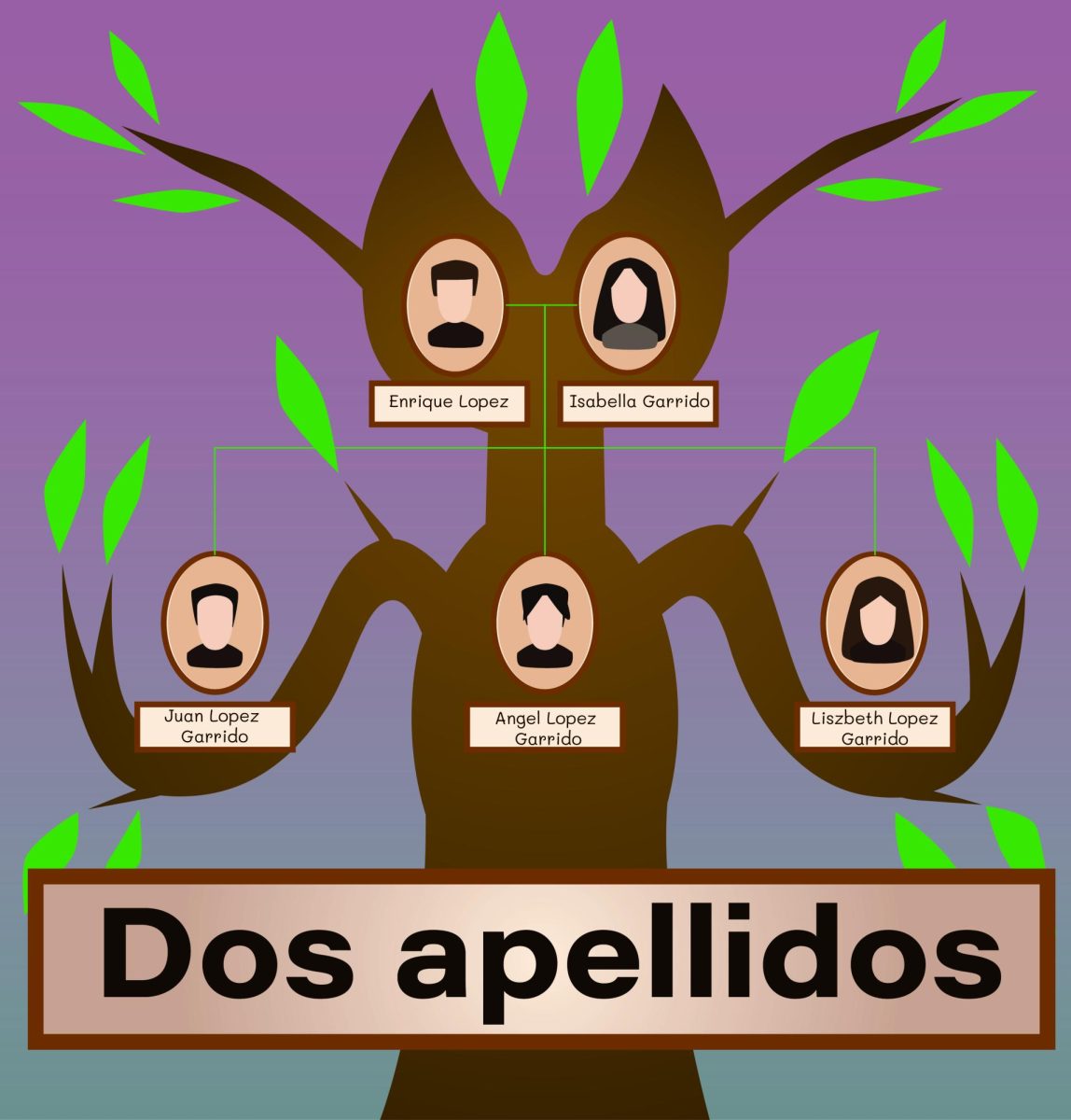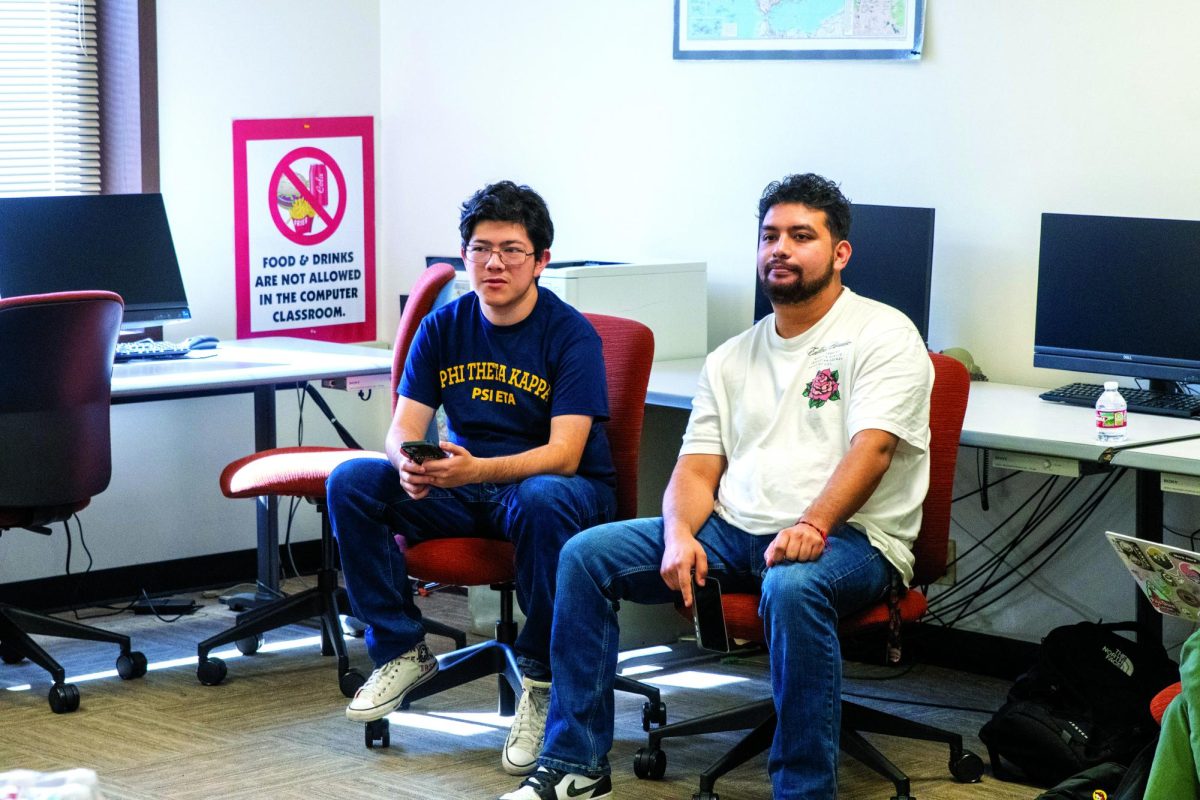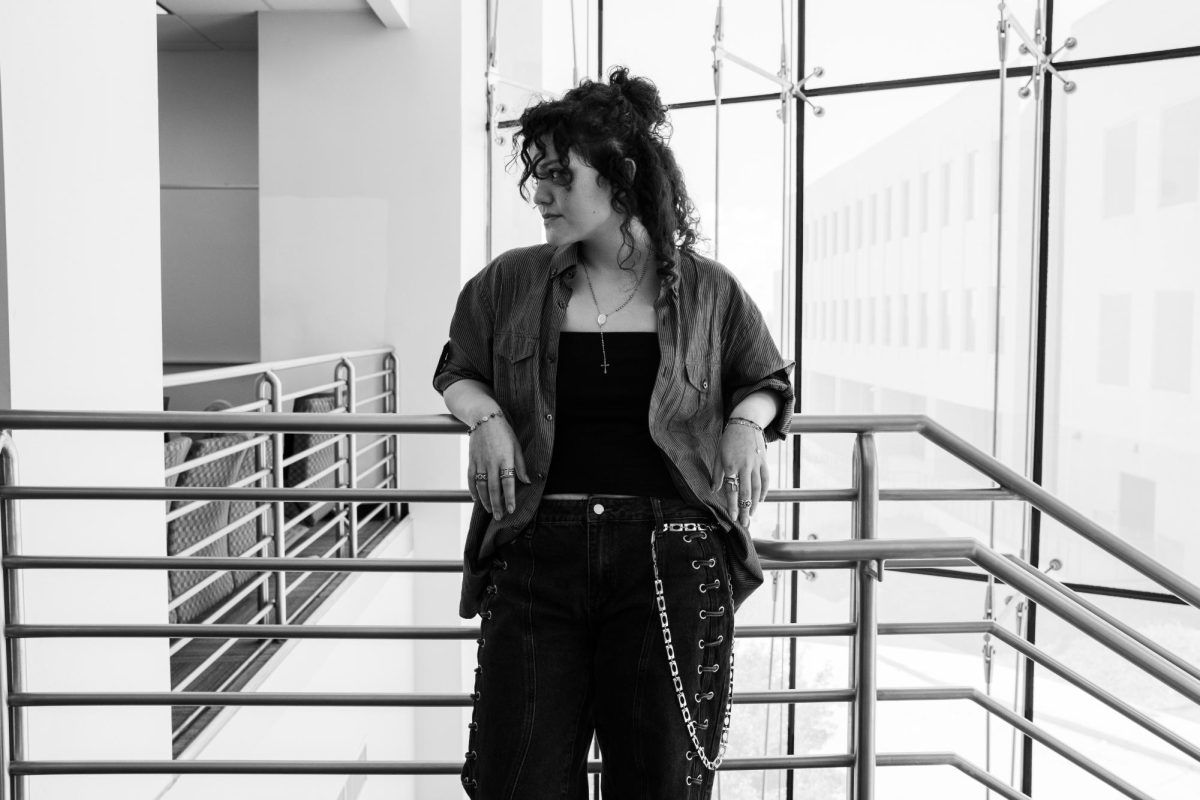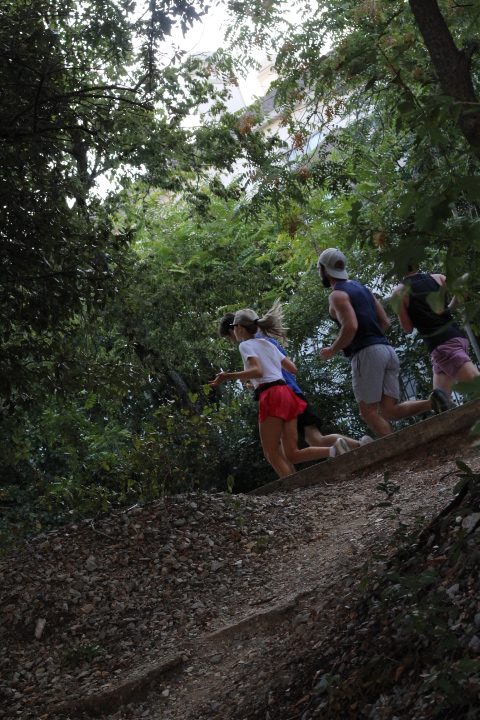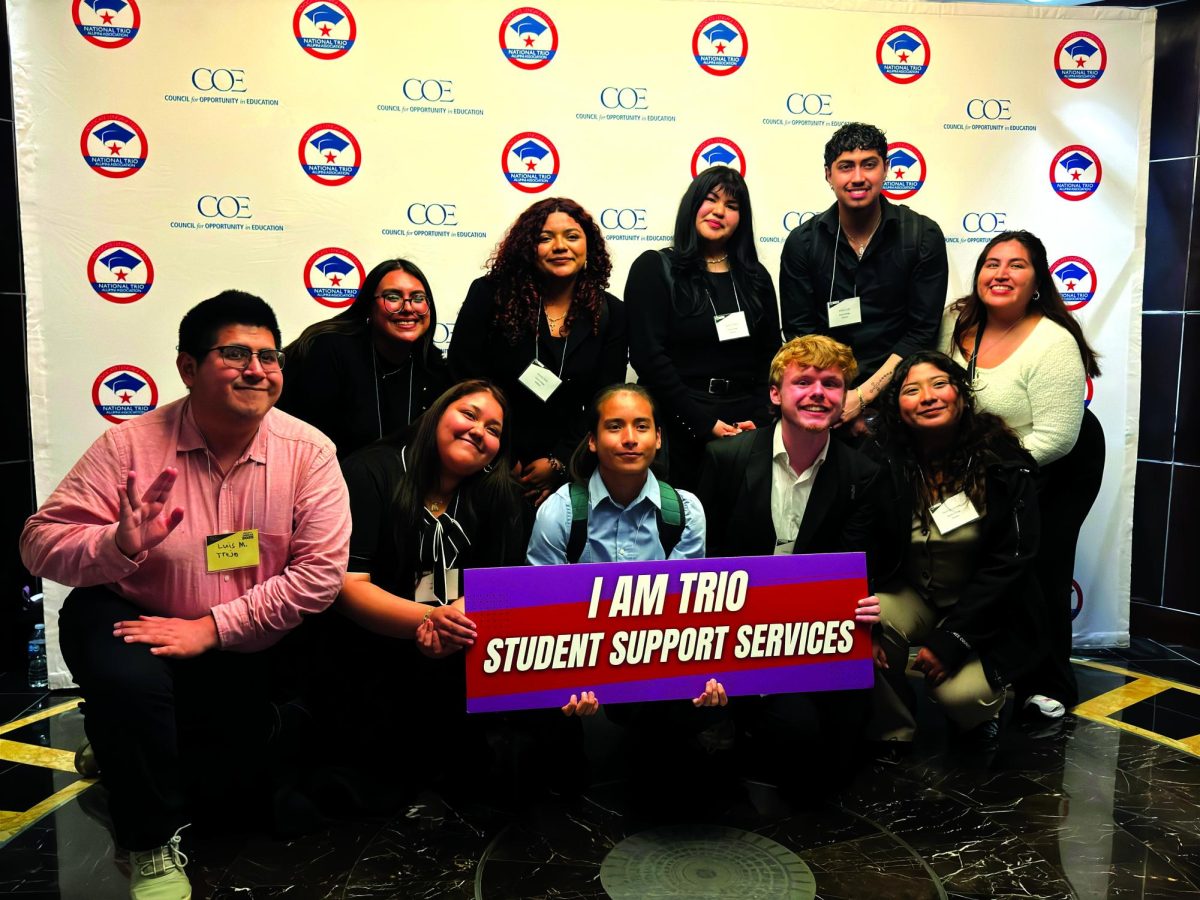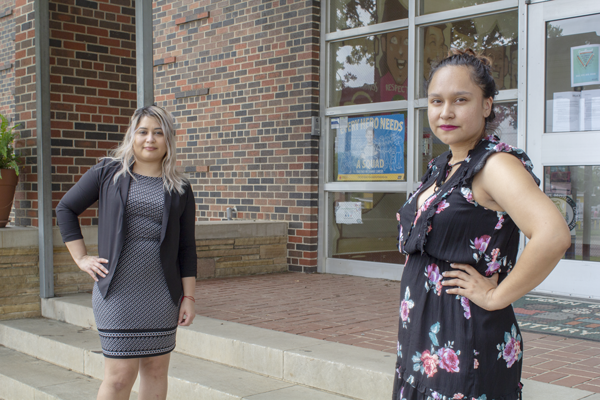
By Harriet Ramos
@HarrietRamosETC
Spring break had just started when Genesis Castillo found out she and her fifth-graders couldn’t return to their classroom at John Quincy Adams Elementary in Pleasant Grove. Dallas Independent School District officials announced on March 16 all in-person classes were indefinitely suspended due to COVID-19.
“I’m glad our kids’ safety is the top priority, but definitely heart-broken for not getting a proper good-bye,” Castillo posted on Facebook. “Anyone else wish they could punch corona in the face?”
Castillo had two weeks to adjust her lesson plans and set up online classes for 80 students. She said a lack of access to technology is one of the biggest obstacles they face.
[READ MORE: Family is essential: Single father, student, warehouse worker adjusts to new routines]
Castillo, who received her Associate of Arts degree from Eastfield in 2014, is the dual-language reading teacher at John Quincy Adams. She said her students live in a digital desert. Many don’t have regular access to Wi-Fi or any electronic device other than a smartphone.
Only 49 of them showed up for the first virtual class on March 30.
“That was actually a reasonable amount for my community,” Castillo said. “One teacher told me she had zero and just sat there waiting for students. I had to adjust my expectations.”
About 40 percent of homes with children in Pleasant Grove does not have a subscription to an internet provider, according to a report released in April by The Commit Partnership, which used data from the 2018 U.S. Census Bureau American Community Survey.
Dallas ISD purchased 10,000 mobile hotspots and a large number of Chromebooks to distribute to students without internet access and technology, according to the Dallas ISD news website. Castillo said that priority was given to older students, and only 15 of her students received some type of laptop or tablet from the district. About 25 received hotspots.
Those who are able to join Castillo on Zoom three days a week. For those who can’t, she has had to get creative.
[READ MORE: Family duo, students, medical professionals persevere in the face of uncertainties]
One of the ways she adapts her lessons is to post supplemental assignments on Google Classroom so the students can keep up with what their peers are learning on Zoom. For the three students who do not have any online access, Castillo sends them homework assignments and feedback via text messages.
Castillo is also finding creative ways to connect with her students outside of class time.
On April 24 she put on a drive-through event for her students. She and her fellow teachers filled bags with candy, coloring sheets and little toys and put them in the trunks of the students’ parents’ cars as they drove by.
A few days later she and a group of teachers from John Quincy Adams organized a “honk and holler” parade. As they drove through Pleasant Grove, they tossed candy and crayons from their open car windows to students on the sidewalk.
One of the students had made a green poster board sign with pictures of Castillo and her two co-teachers. “You are the best teachers,” it read in hand-stenciled letters.
[READ MORE: Photo gallery: Away from ‘The Hive:’ EFC community sticks together through shelter-in-place]
Castillo knows these interactions are important for students who are facing uncertainty in their home lives. A number of her students have parents who work at grocery stores or in other parts of the service industry. They don’t have the luxury of staying home to protect themselves, and Castillo said their children worry about them.
“Some of them have expressed fear for family members that are still going out,” Castillo said. “How do you respond to that? It’s hard.”
Castillo said she misses being with her students in person, but distance learning is giving her some opportunities she didn’t have before.
“I teach a STAAR tested subject and grade, so we were very focused on … performance,” she said. “I think that now teachers have gotten a little bit of freedom in being able to really just focus more on building relationships, so I’ve been enjoying it. But I wish that we were able to do that in the classroom where I could see [and] hug my kids.”
Jonella Herrera, a 2015 Eastfield graduate, teaches second grade at John Quincy Adams. Not only does she have the challenge of suddenly being thrust into an online teaching role, but she also has to make sure her own three children, ages 16, 13 and 11, are completing their work.
[READ MORE: Overcoming COVID-19: Student’s brother tests positive for coronavirus, recovers 3 weeks later]
“The first three weeks I didn’t have a schedule,” she said. “I was on the clock non-stop. I was replying to text messages, replying to emails, sometimes even [as late as] 10 at night, 1 in the morning. And I’m like, ‘No, that is not healthy.’”
Herrera said creating a routine has been the key to helping her and her children make a successful transition to distance learning. She posted her children’s Zoom schedule on a whiteboard, so they know when to log in. She is on Zoom with her own students daily from 1:30 to 2 p.m. and she tries not to reply to work-related emails or texts after 4 p.m.
Like Castillo, some of Herrera’s students do not have the technology to log into Zoom. She makes videos of herself teaching and uploads them to YouTube, which is easier for her students to access. For the six students who can’t use Google Classroom, she downloads the assignment, takes a picture of it and sends it to them in a text message.
Herrera said the switch to online learning has been overwhelming for some parents. One student’s mother spent 30 minutes on the phone with Herrera pouring out her frustration about not having Wi-Fi at home and having to go back and forth to a relative’s house.
“I have been able to build that relationship with my parents that I usually wouldn’t have,” she said. “Now I’m able to see the additional things they’re going through.”
Herrera said her primary role is to support the parents and help them find solutions to the challenges they face.
In spite of those struggles, Herrera’s students have welcomed the opportunity to interact with her online. They show her their bedrooms and introduce her to their younger siblings. Herrera recognizes through these small gestures that the way her students see her has changed.
“They see me as a family member now,” she said. “Not just as a teacher.”
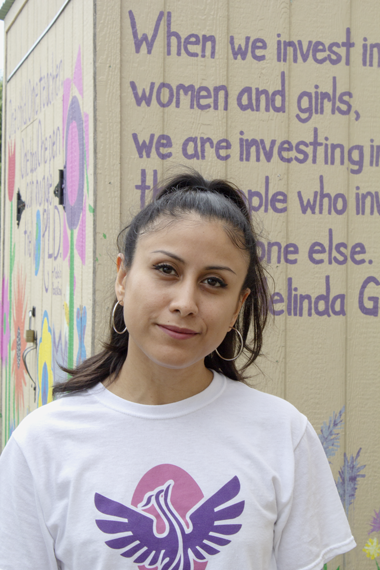
Jessica Ferguson, who attended Eastfield from 2010 to 2012, is the fourth- and fifth-grade dual language teacher at Solar Preparatory School for Girls in Dallas. The school purchased devices for the students who needed them, and she said she is able to teach all of her students online.
“I think definitely I have the best-case scenario for any teachers I know,” she said. “I’m amongst a really fortunate group of teachers and students who have access to technology and really supportive parents.”
Ferguson said her workload is lighter than if she were in the classroom, but she feels awkward as a virtual teacher. She is aware that some parents, as well as students, are listening to her presentation, and she worries she’s not explaining her lessons well.
She also finds it is harder to engage her students over a video-conferencing platform.
“I just miss having those really memorable learning experiences with them,” she said. “Like where we have a true hook and where they’re engaged in an experience of learning. … It’s kind of hard to do that on a Zoom.”
In spite of the limitations of distance learning, Ferguson said it has motivated her quieter students to find their voice as they navigate unfamiliar online platforms and reach out to her for help.
Ferguson’s favorite part of the virtual school day is Shine Time, a 30-minute lesson designed to teach self-affirmation and other social-emotional skills. Ferguson starts each session with an icebreaker activity like show-and-tell or charades.
She also uses it as an opportunity to chat with the girls informally and ask what is happening in their lives outside of their schoolwork.
“I need it too,” she said. “I need to like not be asking about an assignment. I need a time where I can see them and just check in with them and know they’re OK.”
https://eastfieldnews.com/2020/05/23/video-muslims-celebrate-ramadan-from-home/


